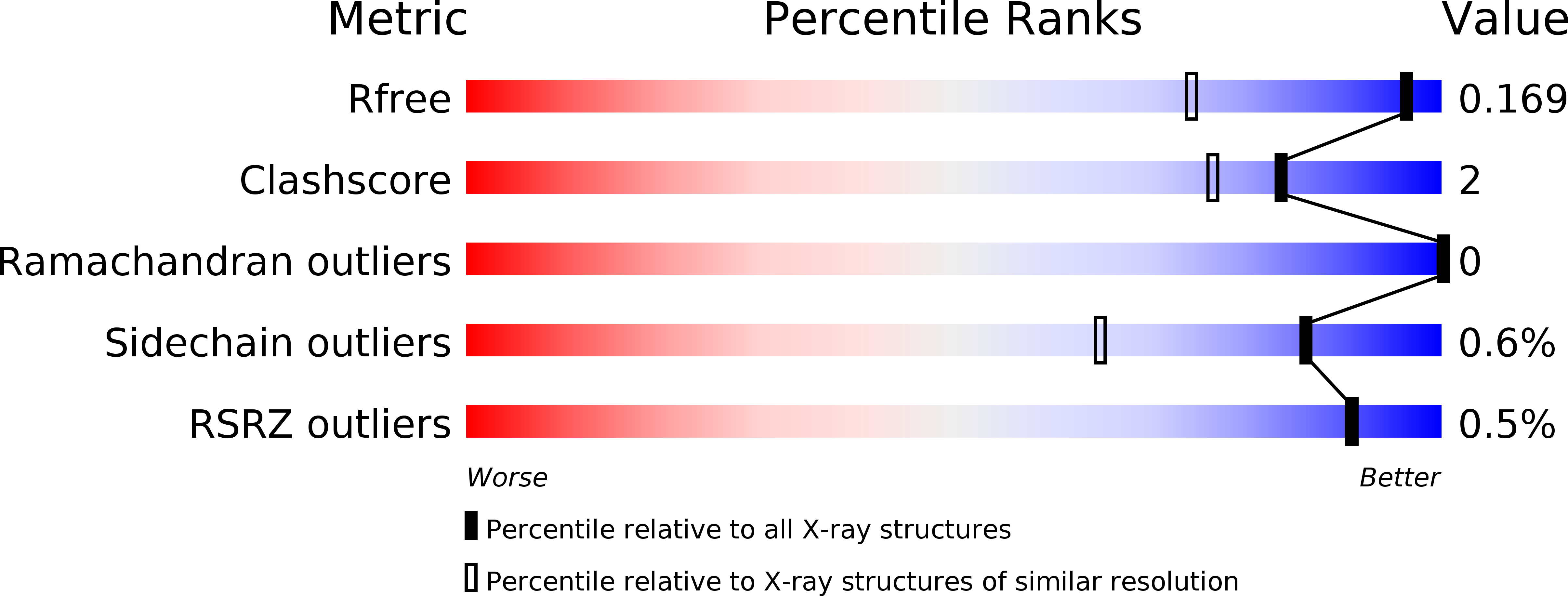
Deposition Date
2017-10-06
Release Date
2017-12-13
Last Version Date
2024-01-17
Method Details:
Experimental Method:
Resolution:
1.30 Å
R-Value Free:
0.16
R-Value Work:
0.12
R-Value Observed:
0.12
Space Group:
P 21 21 21


